No matter what the season, filling your indoor space with houseplants is a great way to bring nature inside and get your garden therapy in the warmth and comfort of your home. Having plants in the house feels both refreshing and cozy, until…yuck! Pest infestations are fairly common, but today we’ll learn how to prevent, identify, and get rid of houseplant pests before they do too much damage.
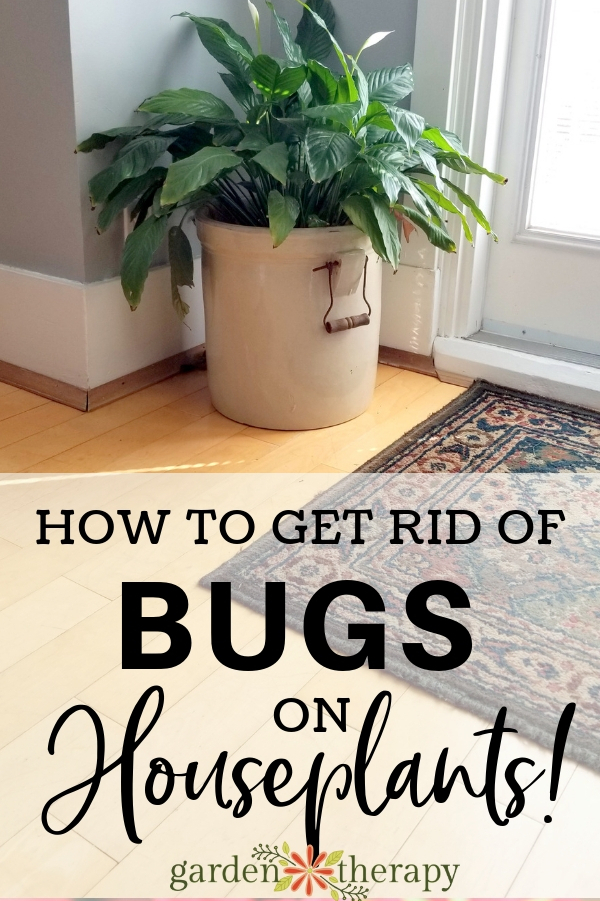
Our plants are our little green children. And when our children hurt, we hurt too! There’s nothing worse than seeing a sudden pest infestation arise on your beloved houseplants. One minute they’re fine, the next there’s a cloud of whiteflies!
Luckily, all is not lost when the pests come moving in. While I love my bugs outside, there are no natural predators inside my home to take care of the population. That means it’s up to me to control the pest population and save my indoor beauties.
This guide will take some tips and pointers from expert David Squire and his book The Houseplant Handbook: Basic Growing Techniques and a Directory of 300 Everyday Houseplants. Be sure to check it out for more detailed information on how to stop those pests from invading your home!
This post will cover…
- Common Houseplant Pests
- Aphids
- Scale Insects
- How to Prevent Houseplant Bugs
- Frequently Asked Questions About Houseplant Pests
Reprinted with permission from Houseplant Handbook: Basic Growing Techniques and a Directory of 300 Houseplants by David Squire© 2017. Published by Fox Chapel Publishing. Photography courtesy of Fox Chapel Publishing.
Common Houseplant Pests
The first step in getting rid of houseplant pests is knowing who you’re fighting the battle against! Here are some tips on how to identify the pests and what type of damage they might do.
Aphids
Outside and inside, you’ll find aphids. You can identify them by their small, green or black bodies and the sticky honeydew they excrete. Ants are attracted to this honeydew and it can also invite sooty mold, a fungal disease. You’ll find aphids sucking sap from your plants and their soft leaves, infesting all kinds of flowers.
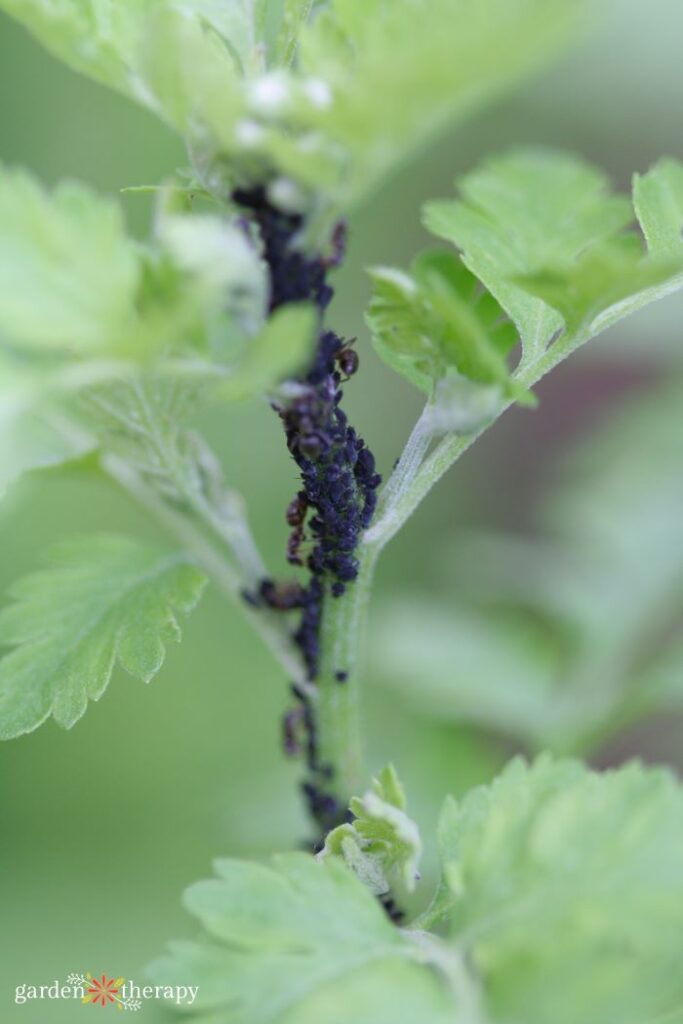
Mealybugs
Small, flat, and waxy, these creatures look like tiny cotton spots. You’re likely to find mealybugs on ferns, hippeastrum, azaleas, and palm. Like aphids, they suck sap and can cause leaves to distort, yellow, and lose their ‘pep’. They also excrete honeydew.
Cyclamen Mites
These teeny tiny bugs might even be mistaken as water droplets at first. Their clean or slightly brown tinted bodies are waxy-looking. They cluster under leaves and suck their sap.
This causes them to crinkle and darken, with some flowering buds also distorting and falling off. While they’re named after the cyclamen plant, they also affect pelargoniums, African Violets, and Busy Lizzies.
Fungus Gnats
If you see tiny flies zipping around by your plants, they’re likely fungus gnats. They infest soil and even potting mix, liking moist soil to lay their eggs in. The larvae feed on fungi in the soil and they can even chew roots.
Whitefly
Just like tiny moths, whiteflies are small insects that flit around and have a powder-like covering. You’ll notice them when you disturb the plant as a cloud of these insects is suddenly unleashed. Their powder can be found beneath leaves as they suck sap and excrete honeydew.
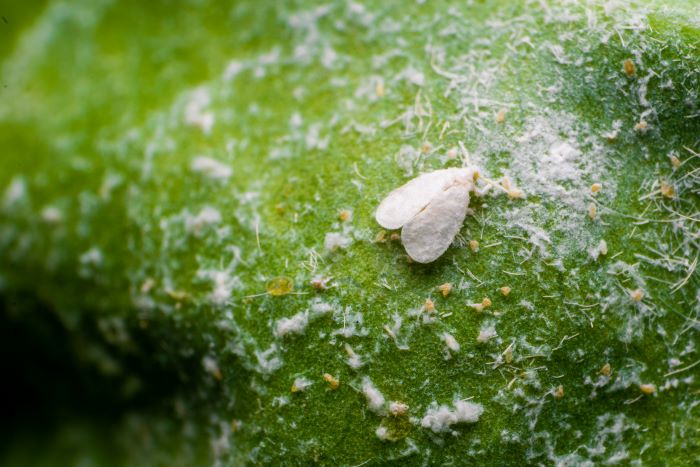
Red Spider Mites
These tiny red insects have eight legs just like spiders. They’re at their worst when it’s hot and dry, as they seek moisture from plants. Their sucking causes mottling and sometimes webs in bad cases. At this point, they’re difficult to remove and can reduce the plant’s air circulation.
Scale Insects
Another sapsucker, scale insects love warm and dry climates which make certain houseplants the ideal home. They have small, flat, oval bodies that look like waxy-brown disks.
Thrips
Fly-like insects, these dark brown and tiny bugs hop around between plants. With their unique asymmetrical mouths, they pierce leaves and flowers and suck sap. As a result, plants get silvery mottling and streaking, and the leaves develop small red globs under the leaves that eventually turn black.
Vine Weevils
One of the worst pests on this list, they can cause serious damage both as adults and larvae. When adults, they look beetle-like and feast on all parts of the plant. The larvae are fat, white with brown heads, and legless. They live in compost and chew plant roots.

How to Prevent Houseplant Bugs
Chances are, your plants will suffer from pests at some point while in your care. However, your best fight against houseplant pests is to avoid them in the first place.
Here are some preventions tips, compliments of David.
- Buy plants from reputable sources.
- Inspect plants before buying.
- Regularly check for infestations.
- Never use garden soil instead of potting compost as it may contain weed seeds, pests, or diseases.
- Avoid leaving dead flowers and leaves around plants.
- Check root balls for soil pests when plants are being repotted.
- Never use infected plants as propagation material.

Non-Chemical Control of Pests and Diseases
Healthy plants are much less susceptible to getting pests and diseases. With the right amount of water, sunlight, air, and food, they stand a much greater chance against the fight against pests. If you do spot these pests, don’t panic. There’s plenty you can do to get rid of them, the natural way!
Here’s how David suggests you take care of houseplant pests in your home.
- Mist plants with clean water where there is a risk (or presence) of red spider mites.
- Regularly remove dead leaves and flowers.
- Investigate biological controls, which means using other insects and mites to control pests. Biological controls exist for aphids, caterpillars, mealy bugs, soft scale insects, red spider mites, thrips, vine weevil larvae, and whiteflies. Ask your garden center for advice.
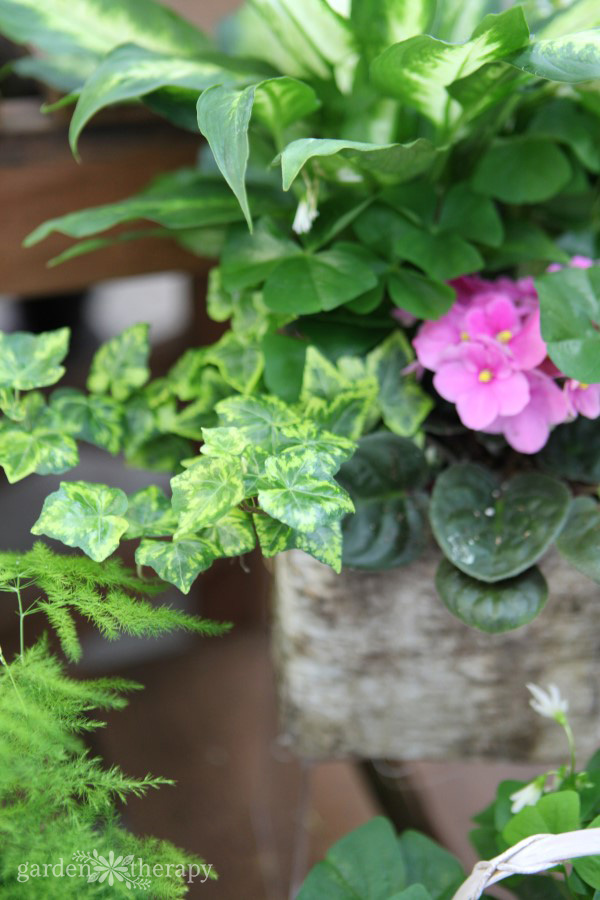
Frequently Asked Questions About Houseplant Pests
When looking at which pests are affecting your houseplants, first see if you can physically see the pests. Some are better at hiding than others. Note their colour and their body shape. Some fly while others crawl.
Next, look at the damage done to the plants. For example, some pests will leave behind honeydew while others webbing. The type of damage done can help identify the plant.
Some of the worst houseplant pests include vine weevils, red spider mites, aphids, and mealybugs. However, any houseplant pests can be bad if not controlled. When left, they can spread to other houseplants and eventually kill their host plants if they are unattended. Always isolate infested plants and work on getting rid of the pests as soon as possible.
If you’re still having trouble identifying your houseplant pests, let me know in the comments down below and I’ll do my best to lend you a hand!

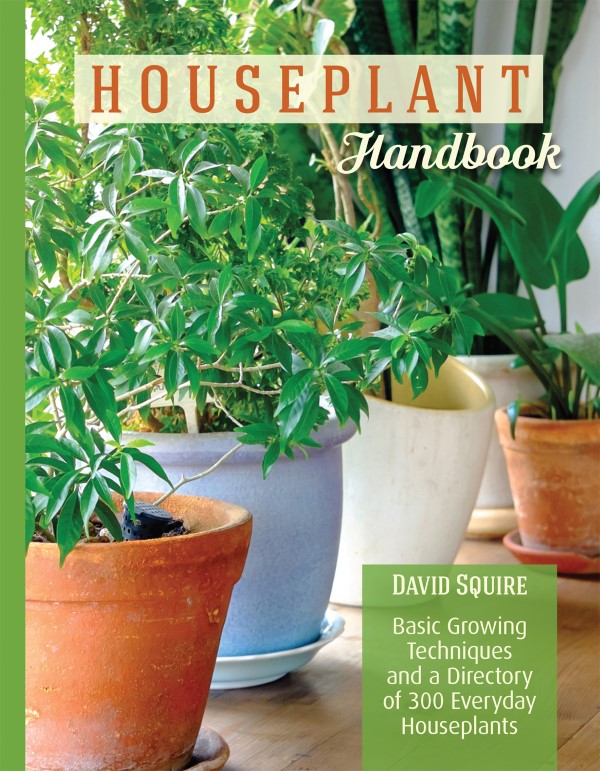



Hello! I just recently began finding small piles of ‘dirt’ as the base of my pots where the drainage hole is. At first, I thought it was dirt than ran out as the pot was shifted or dirt settled, but I realized that the granules were too regular. After inspecting a lid that I had a pot on, I saw very tiny bugs near the pile – maybe even smaller than the granules. There is no sign of any infestation on the leaves of my plants or at the top of the soil. Do you have any ideas as to what these could be and recommendations on how to treat them? I would appreciate any advice! Thank you!
I’ve got leaves dying and dropping off at the base of my English ivy’s. Is there something I can apply to stop this process? I don’t see any bugs or any invasive evidence near the plants that could be causing this problem. Any advice before I lose them all?
Thank you!!
I was sure my problem was fungus knats. I DE’d my plants but I still continue to see something moving in the dirt of my glass terrarriums! Do thrips or spider mites live deep in the soil? Will DE dirt continue to work if I keep laying new on my plants? Does DE dirt even kill these pests? Not sure what to do next!